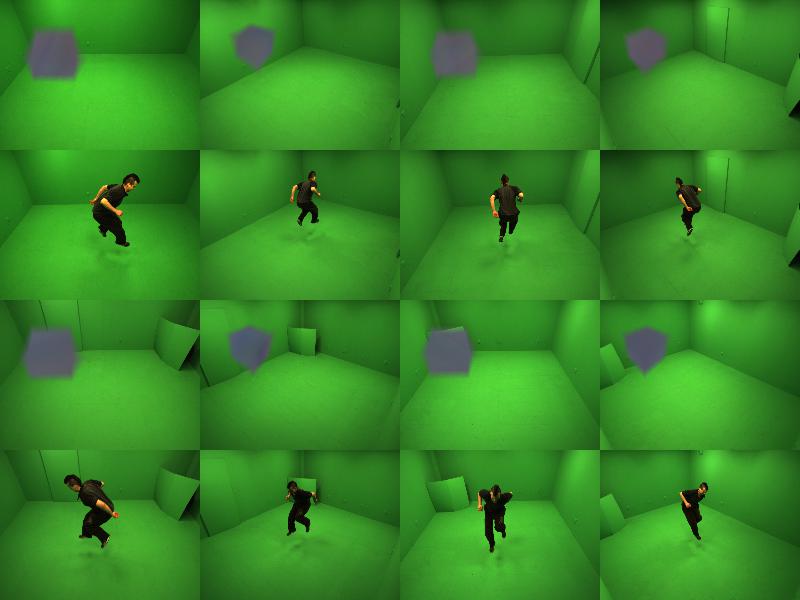Neural Volumes
This repository contains training and evaluation code for the paper Neural Volumes. The method learns a 3D volumetric representation of objects & scenes that can be rendered and animated from only calibrated multi-view video.
Citing Neural Volumes
If you use Neural Volumes in your research, please cite the paper:
@article{Lombardi:2019,
author = {Stephen Lombardi and Tomas Simon and Jason Saragih and Gabriel Schwartz and Andreas Lehrmann and Yaser Sheikh},
title = {Neural Volumes: Learning Dynamic Renderable Volumes from Images},
journal = {ACM Trans. Graph.},
issue_date = {July 2019},
volume = {38},
number = {4},
month = jul,
year = {2019},
issn = {0730-0301},
pages = {65:1--65:14},
articleno = {65},
numpages = {14},
url = {http://doi.acm.org/10.1145/3306346.3323020},
doi = {10.1145/3306346.3323020},
acmid = {3323020},
publisher = {ACM},
address = {New York, NY, USA},
}
File Organization
The root directory contains several subdirectories and files:
data/ --- custom PyTorch Dataset classes for loading included data
eval/ --- utilities for evaluation
experiments/ --- location of input data and training and evaluation output
models/ --- PyTorch modules for Neural Volumes
render.py --- main evaluation script
train.py --- main training script
Requirements
- Python (3.6+)
- PyTorch (1.2+)
- NumPy
- Pillow
- Matplotlib
- ffmpeg (in PATH, needed to render videos)
How to Use
There are two main scripts in the root directory: train.py and render.py. The scripts take a configuration file for the experiment that defines the dataset used and the options for the model (e.g., the type of decoder that is used).
A sample set of input data is provided in the v0.1 release and can be downloaded here and extracted into the root directory of the repository. experiments/dryice1/data contains the input images and camera calibration data, and experiments/dryice1/experiment1 contains an example experiment configuration file (experiments/dryice1/experiment1/config.py).
To train the model:
python train.py experiments/dryice1/experiment1/config.py
To render a video of a trained model:
python render.py experiments/dryice1/experiment1/config.py Render
License
See the LICENSE file for details.


